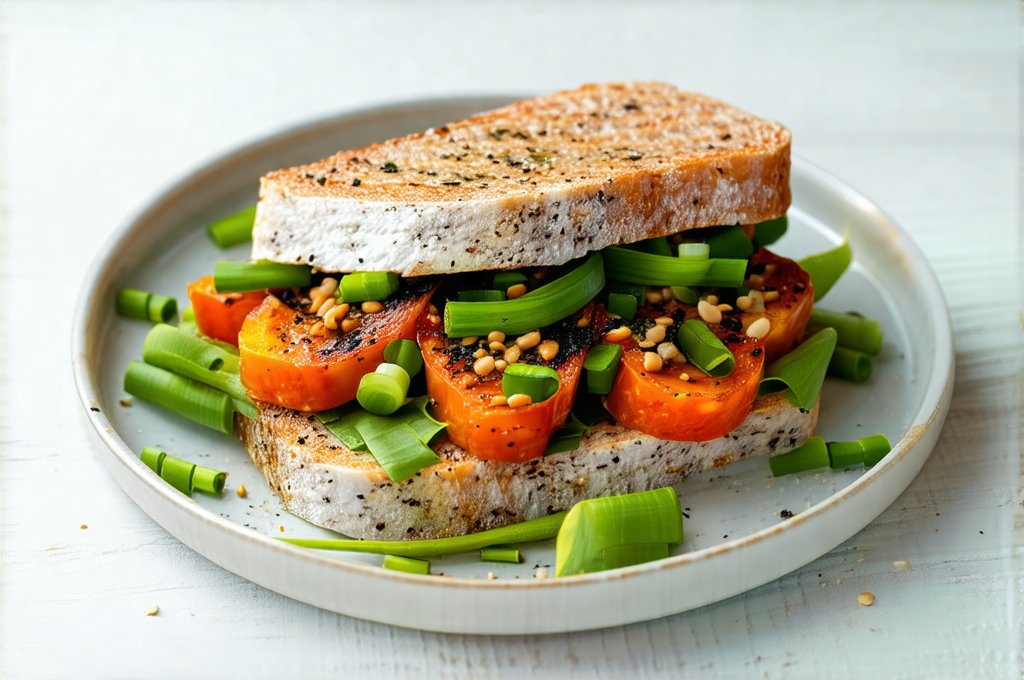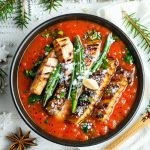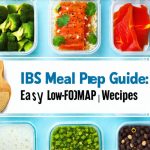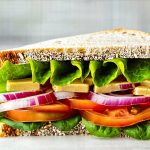Living with Irritable Bowel Syndrome (IBS) often means navigating a complex relationship with food. Many individuals find certain foods trigger uncomfortable symptoms like bloating, gas, abdominal pain, and changes in bowel habits. The challenge isn’t always about eliminating entire food groups, but rather identifying personal triggers and finding delicious alternatives that support digestive health. This is particularly tricky when common flavour bases – garlic and onion – are often present in so many recipes, leading to frustration for those who need to avoid them. But a satisfying and enjoyable lunchtime doesn’t have to be out of reach!
This article will focus on building easy, IBS-friendly lunches that specifically exclude both garlic and onion, acknowledging the difficulties this presents while offering practical solutions and delicious recipe ideas. We’ll move beyond bland restrictions and explore flavourful alternatives using herbs, spices, and other ingredients to create meals you’ll actually look forward to eating. The aim is to empower you with knowledge and inspiration to confidently prepare lunches that are both gut-friendly and satisfying, allowing you to manage your IBS without sacrificing taste or convenience.
Building Blocks for IBS-Friendly Lunches
The cornerstone of an IBS-friendly lunch begins with understanding the potential triggers beyond garlic and onion. While these alliums are common culprits, other foods can also exacerbate symptoms. Common offenders include certain types of carbohydrates (FODMAPs), caffeine, alcohol, spicy foods, and artificial sweeteners. It’s essential to identify your personal sensitivities through careful observation or, ideally, guidance from a registered dietitian specializing in IBS. Once you have a clearer understanding of your triggers, building lunches becomes much easier. Focusing on whole, unprocessed foods is also generally well-tolerated. Think lean proteins (chicken, fish, tofu), easily digestible carbohydrates (rice, potatoes, gluten-free bread), and plenty of low-FODMAP vegetables.
When replacing garlic and onion, the key is to build flavour in other ways. Ginger, asafoetida (hing – used cautiously as it has a strong smell/taste, but can mimic allium flavours), turmeric, cumin, coriander, and chili flakes are excellent options. Fresh herbs like parsley, chives (in moderation for some), basil, and oregano also add depth and freshness. Lemon juice or vinegar can provide acidity that mimics the bite of onion. Don’t underestimate the power of good quality olive oil and a sprinkle of sea salt to enhance flavour. It’s important to remember that taste is subjective; experiment with different combinations until you find what works best for you. If you are looking for more support, consider exploring resources on nutrition support to help manage your IBS symptoms.
Lunchtime Inspiration: Quick & Easy Options
Here are some quick and easy lunch ideas, keeping garlic and onion firmly off the ingredient list:
- Rice Bowls: Combine cooked rice (basmati or jasmine are often well-tolerated) with grilled chicken or fish, steamed vegetables (carrots, spinach, green beans), and a drizzle of tamari (gluten-free soy sauce) or coconut aminos.
- Salads: Build a salad using lettuce, cucumber, bell peppers, shredded carrots, and cooked quinoa. Add lean protein like tuna (in water) or chickpeas. Dress with olive oil, lemon juice, and herbs.
- Gluten-Free Sandwiches/Wraps: Use gluten-free bread or wraps filled with turkey breast, lactose-free cream cheese, lettuce, and cucumber. Avoid mustard which can be a trigger for some.
- Leftovers: The simplest option! Repurpose dinner leftovers into a convenient lunch. Just ensure the meal is free of garlic and onion.
These are just starting points – feel free to customize them based on your preferences and tolerances. The goal is to create meals that are both nourishing and enjoyable, without triggering IBS symptoms. Remember portion control can also be helpful in managing symptoms. For those struggling with post-workout or stress related gut issues, learning about digestive strategies can offer additional support.
Flavor Boosting Without Alliums
One of the biggest challenges when avoiding garlic and onion is recreating depth of flavour. Fortunately, there are many effective alternatives. Asafoetida (hing) deserves a special mention here. It’s a resin extracted from the roots of a plant and has a pungent odour in its raw form but transforms into a savoury flavour when cooked. Start with very small amounts – a pinch is often enough – as it can be overpowering. Cook it briefly in oil before adding other ingredients to mellow the flavour.
Beyond asafoetida, explore different spice blends. Indian cuisine, for example, uses many spices that can create complex flavours without relying on garlic or onion. Cumin, coriander, turmeric, and ginger are all excellent choices. Experiment with different combinations until you find what works best for your palate. Fresh herbs are also invaluable. Parsley, chives (used sparingly), basil, oregano, and thyme add freshness and vibrancy to dishes. Lemon juice or apple cider vinegar can provide acidity that mimics the bite of onion, while a touch of smoked paprika can add a smoky depth.
Making it Convenient: Meal Prep Strategies
Meal prepping is your friend when managing IBS! It saves time during busy weeknights and ensures you always have a gut-friendly lunch ready to go. Dedicate a few hours on the weekend to prepare ingredients or entire meals for the week ahead. Cook batches of rice, quinoa, or potatoes. Grill chicken or fish in bulk. Chop vegetables and store them in airtight containers. Pre-portion snacks like nuts or seeds.
When assembling your lunches, use reusable containers to keep everything fresh and organized. Invest in a good quality lunch bag with an ice pack to maintain proper temperature control. Consider preparing several different options to avoid boredom. For example, you could make rice bowls, salads, and gluten-free wraps all at once. This variety will help you stay motivated and enjoy your lunches more. Don’t forget to label the containers clearly, especially if you have family members with different dietary needs. If you’re looking for guidance on transitioning to a gut-friendly diet, it can significantly ease the process.
Navigating Eating Out & Social Situations
Eating out or attending social events can be tricky when avoiding garlic and onion. The best approach is to plan ahead as much as possible. If you’re going to a restaurant, check the menu online beforehand and look for dishes that are naturally free of garlic and onion. Don’t hesitate to call the restaurant and ask about ingredients or modifications. Most restaurants are happy to accommodate dietary requests.
When attending social gatherings, consider bringing your own dish to share – ensuring it’s IBS-friendly and doesn’t contain any triggers. This way you know there will be at least one option that you can safely enjoy. If you’re offered food from someone else, politely inquire about the ingredients before accepting. It’s perfectly acceptable to decline if you’re unsure or uncomfortable. Remember, your health is paramount. Don’t feel pressured to eat anything that might trigger your symptoms just to avoid offending anyone. Be assertive and advocate for your dietary needs – it’s a sign of self-care, not rudeness. When considering snack options, choosing microbiome-safe snacks can help prevent unwanted digestive upset.


















